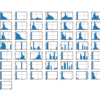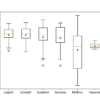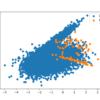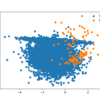Fbeta-measure is a configurable single-score metric for evaluating a binary classification model based on the predictions made for the positive class. The Fbeta-measure is calculated using precision and recall. Precision is a metric that calculates the percentage of correct predictions for the positive class. Recall calculates the percentage of correct predictions for the positive class […]










